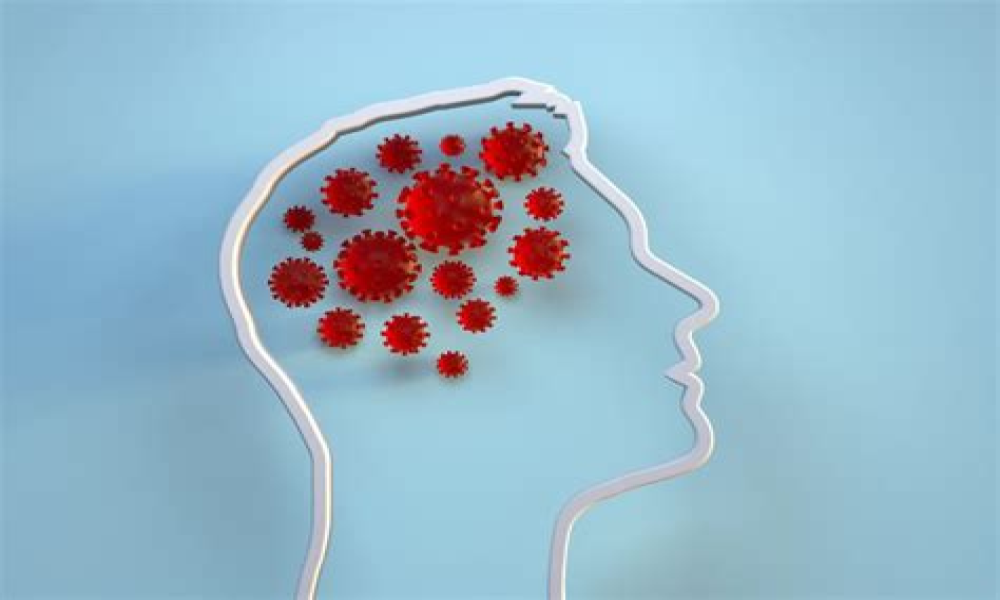Authors:
Abstract
There is accumulating evidence of the neurological and neuropsychiatric features of infection with SARS-CoV-2. In this systematic review and meta-analysis, we aimed to describe the characteristics of the early literature and estimate point prevalences for neurological and neuropsychiatric manifestations.
We searched MEDLINE, Embase, PsycINFO and CINAHL up to 18 July 2020 for randomised controlled trials, cohort studies, case-control studies, cross-sectional studies and case series. Studies reporting prevalences of neurological or neuropsychiatric symptoms were synthesised into meta-analyses to estimate pooled prevalence.
13 292 records were screened by at least two authors to identify 215 included studies, of which there were 37 cohort studies, 15 case-control studies, 80 cross-sectional studies and 83 case series from 30 countries. 147 studies were included in the meta-analysis. The symptoms with the highest prevalence were anosmia (43.1% (95% CI 35.2% to 51.3%), n=15 975, 63 studies), weakness (40.0% (95% CI 27.9% to 53.5%), n=221, 3 studies), fatigue (37.8% (95% CI 31.6% to 44.4%), n=21 101, 67 studies), dysgeusia (37.2% (95% CI 29.8% to 45.3%), n=13 686, 52 studies), myalgia (25.1% (95% CI 19.8% to 31.3%), n=66 268, 76 studies), depression (23.0% (95% CI 11.8% to 40.2%), n=43 128, 10 studies), headache (20.7% (95% CI 16.1% to 26.1%), n=64 613, 84 studies), anxiety (15.9% (5.6% to 37.7%), n=42 566, 9 studies) and altered mental status (8.2% (95% CI 4.4% to 14.8%), n=49 326, 19 studies). Heterogeneity for most clinical manifestations was high.
Neurological and neuropsychiatric symptoms of COVID-19 in the pandemic’s early phase are varied and common. The neurological and psychiatric academic communities should develop systems to facilitate high-quality methodologies, including more rapid examination of the longitudinal course of neuropsychiatric complications of newly emerging diseases and their relationship to neuroimaging and inflammatory biomarkers.
This article is made freely available for use in accordance with BMJ’s website terms and conditions for the duration of the covid-19 pandemic or until otherwise determined by BMJ. You may use, download and print the article for any lawful, non-commercial purpose (including text and data mining) provided that all copyright notices and trade marks are retained.
For More Information: https://jnnp.bmj.com/content/92/9/932
